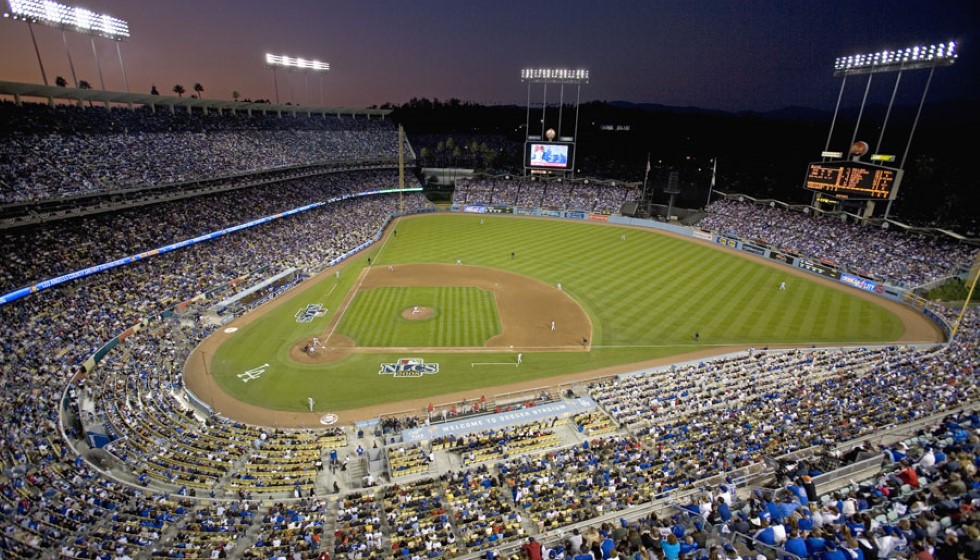
Approaching the Arbitration Deadline
As the excitement of the Major League Baseball (MLB) season comes to a close, teams are now turning their attention to the offseason, which brings with it a range of crucial decisions. One of the most significant of these decisions looms large with the impending arbitration deadline set for Friday, November 22. This date requires MLB teams to evaluate the future of their arbitration-eligible players, a task that involves balancing performance, potential, and dollars.
Understanding Arbitration in MLB
For the uninitiated, arbitration in Major League Baseball functions as a key mechanism for players who have surpassed the league's minimum service time to negotiate potentially more lucrative contracts. Typically, players become eligible for arbitration after three full years in the majors. However, there exists an elusive group known as the "Super Two" players. Distinguished by their outstanding performance, these players qualify for arbitration after just two years if they rank within the top 22 percent of second-year players.
Arbitration represents a significant opportunity for players to secure salaries that far exceed the league minimum, rewarding them for their contributions and balancing their market value against team payroll considerations.
The Art and Challenge of Non-Tender Decisions
While some players find themselves in a favorable position, others may face uncertain futures. If a player’s projected salary through arbitration exceeds their perceived value in the eyes of the team, they might be non-tendered, releasing them to the open market. This decision reflects both financial prudence and strategic planning on the part of the franchises.
The previous offseason showcased several notable non-tender decisions, with athletes such as Tim Hill, Spencer Turnbull, Cooper Criswell, and Nick Senzel testing the free agency waters as a result. These moves underline the often complex and difficult choices teams must make as they weigh current needs against future roster development.
Projected Salaries Highlight Key Players
This offseason, various players are poised to navigate the intricacies of arbitration with a range of projected salaries. Chas McCormick, for instance, is expected to secure a contract nearing $3.3 million. Similarly, Alek Manoah’s negotiations could see him land a $2.4 million salary, reflecting his potential value on the mound.
At the higher end of the spectrum, David Bednar's performance suggests a projected salary of $6.6 million. Simultaneously, Austin Hays is likely to agree to a $6.4 million contract, emphasizing his vital role in the lineup.
Salaries Reflect Performance and Market Dynamics
Other players also find themselves in promising positions. Triston McKenzie, with a projected salary of $2.4 million, and Dylan Carlson, expected to receive around $2.7 million, highlight the balanced offers for budding talent. Meanwhile, Paul Blackburn's anticipated salary of $4.4 million and Akil Baddoo's $1.6 million projection illustrate the range of considerations teams must weigh, including players’ projected growth and their fit within team dynamics.
Cal Quantrill stands out with a projected salary of $9 million, reinforcing his stature as a pivotal player. Meanwhile, Andrew Vaughn, mirroring Hays, is also likely to receive a contract in the realm of $6.4 million.
Conclusion
As the arbitration deadline approaches, MLB teams continue to dissect performance metrics, assess roster needs, and evaluate financial flexibility. These assessments will define the offseason landscape and have long-term implications for team compositions and success trajectories. While players and organizations together navigate this critical juncture, the arbitration process remains a testament to the dynamic balance of merit and market forces in professional sports.